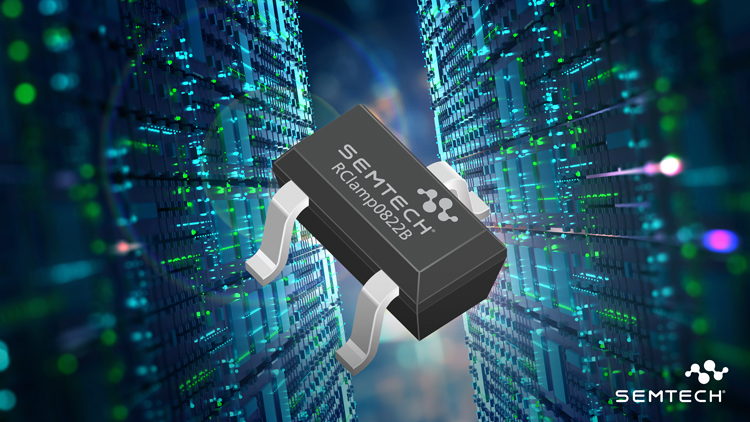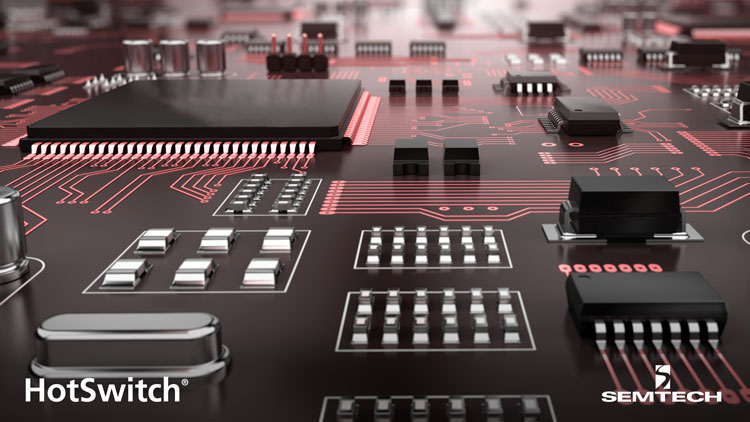Overview
The GS3590 is a low-power, configurable multi-rate re-timing cable equalizer/cable driver supporting rates up to 3G UHD-SDI. It can be configured to equalize or drive signals over 75Ω coaxial cable. It includes DC restoration to compensate for the DC content of SMPTE pathological test patterns. Since the GS3590 is a re-timing device, extremely low output jitter is achievable even at extended cable/trace lengths.
Features
- Single bidirectional 75Ω, cable interface with on-chip termination
- SMPTE ST 424, ST 292-1 and ST 259 compliant input/output
- Multi-standard operation from 1Mb/s to 2.97Gb/s
- Supports re-timing for DVB-ASI at 270Mb/s and MADI at 125Mb/s
- 3D Input Signal Eye Monitor
- PRBS generator and checker
- Automatic cable equalization. Typical equalized cable lengths of Belden 1694A cable:
- 160m at 2.97Gb/s
- 240m at 1.485Gb/s
- 400m at 270Mb/s
- Cable equalizer mode features:
- Automatic power down on loss of signal
- Programmable carrier detect with squelch threshold adjustment
- Manual and automatic cable equalizer bypass
- Cable driver mode features:
- Wide swing control
- Pre-emphasis to compensate for significant insertion loss between device output and BNC
- Manual or automatic power-down of loss of signal
- Manual or automatic Mute or Disable on LOS
- Trace equalizer features:
- Integrated 100&Omega, differential input termination
- Manual or Automatic power down on loss of signal
- Adjustable carrier detect threshold
- DC-coupling from 1.2V to 2.5V CML logic
- Trace Equalization to compensate for up to 60” FR4 at 2.97Gb/s
- Automatic input offset compensation
- Trace driver features:
- Integrated 100&Omega, differential output termination
- DC-coupling from 1.2V to 2.5V CML logic
- Trace driver data output pre-emphasis to compensate for up to 60” FR4 at 2.97Gb/s
- Manual or automatic Mute or disable on LOS
- CDR features:
- Manual or automatic rate modes
- Manual or Automatic Re-timer Bypass
- Wide-range Loop bandwidth control
- Re-timing at the following data rates: 125Mb/s, 270Mb/s, 1.485Gb/s, 2.97Gb/s. This includes the f/1.001 rates.
- Additional Features:
- Single 1.8V power supply for analog and digital core
- 2.5V for cable driver output supply
- 1.2V, 1.8V, or 2.5V for Trace Driver output supply
- GSPI serial control and monitoring interface
- Four configurable GPIO pins for control or status monitoring
- Wide operating temperature range: -40ºC to +85ºC
- Small 6mm x 4mm 40-pin QFN
- Pb-free/Halogen-free/RoHS & WEEE compliant package
- Pin compatible with GS12090
Order Codes
- GS3590-INE3: Lead-Free, RoHS Compliant, Tray-490 Pieces
- GS3590-INTE3: Lead-Free, RoHS Compliant, Tape and Reel-250 Pieces
- GS3590-INTE3Z: Lead-Free, RoHS Compliant, Tape and Reel-2500 Pieces
PB Free/ROHS
Learn More →BUY NOW

Part Number
QTY
Unit Price (USD)
Price
$ 0
$ 0
Ordering functionality and fulfillment provided by Digi-Key Corporation. See terms here.
| Documents | Release Date | Type | |
|---|---|---|---|
| GS3590 Datasheet | 2021-04-29 | ||
| Recommended Semtech Video Product Evaluation and Reference Design Boards | 2025-02-25 | ||
| GS3590 Reliability Qualification Report | 2019-12-17 | ||
| EB-GS12090 Evaluation Board User Guide | 2019-07-17 | ||
Applications
- SMPTE ST 424, SMPTE ST 292, and SMPTE ST 259 interfaces requiring switching between cable equalizing or cable driving functionality.
Inventory
| Product | Country | Distributor | Qty | Buy |
|---|
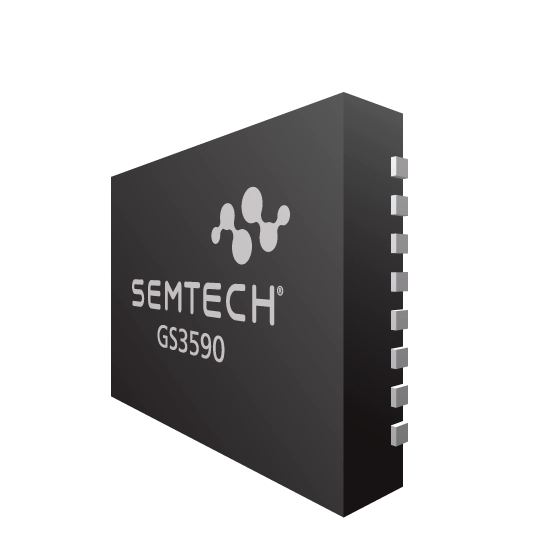
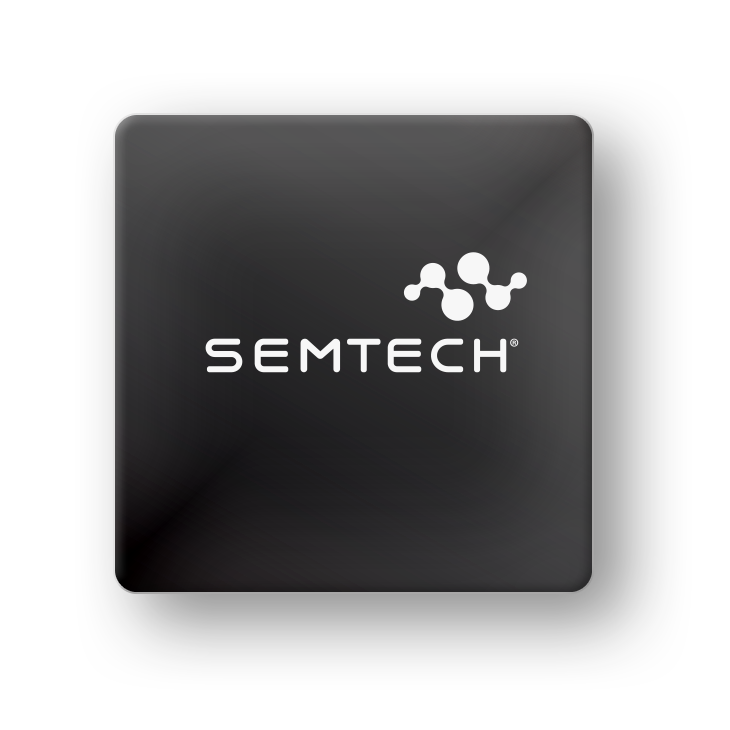


.jpg)


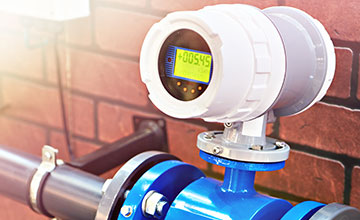










.png)








